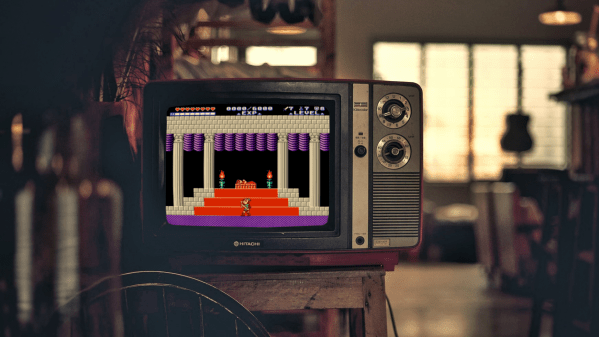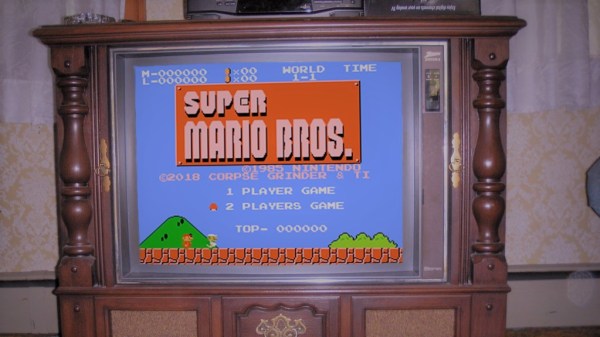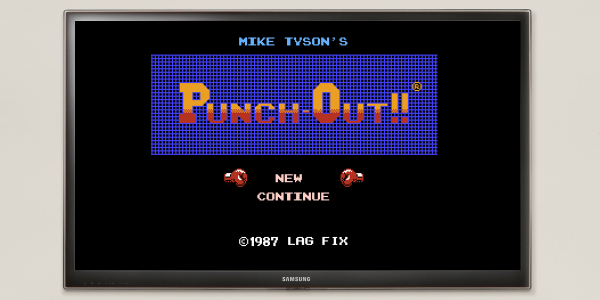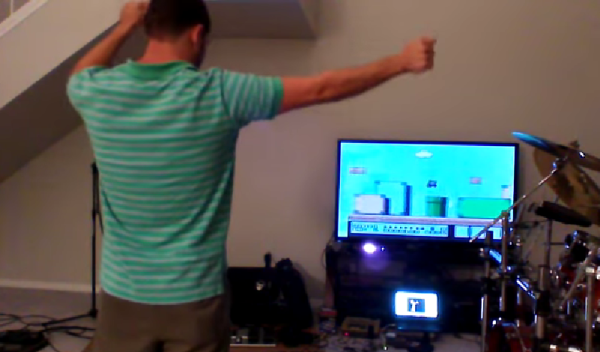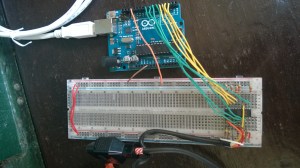Going back to classic games can be a difficult experience. The forward passage of time leaves technology to stagnate, while the memories attached to those old games can morph in mysterious ways. Therein lies the problem with how you remember a game playing versus the reality of how it actually does. Developer [Jorge] saw that situation arising around Zelda II: The Adventure of Link, and it inspired him to create the Zelda II Redux ROM hack.
Years in the making, Zelda II Redux takes a relatively light-handed approach to revising the original NES game. Graphical enhancements include: a reworked HUD complete with the series’ tradition of hearts, animated enemy icons in the over world, a new title screen, and giving Link the shield from the Famicom Disk System release’s box art. Text speed has been increased and a revised translation of the Japanese script has been incorporated. Under the hood, all sorts of boss battles have been re-balanced while casting magic spells doesn’t require multiple return trips to the pause menu. Though Zelda II Redux’s most important feature may be the inclusion of manual saving via “Up + A” on the pause menu. There are also a whole host of other changes Zelda II Redux incorporates in order to bring Link’s second adventure more inline with the rest of the Legend of Zelda series that can be found on the project’s change log.
To play Zelda II Redux requies an IPS patching program, like LunarIPS, along with a clean dumped image of Zelda II: The Adventure of Link. Dumping NES cartridges is easier than ever these days due to many cartridge dumper devices being plug-and-play over USB. A successfully patched ROM file can be played in an emulator or on actual NES hardware through a flash cart. A video of a tool-assisted speedrun has been included below, so there may be some new strategies to employ.
Continue reading “Zelda II Redux ROM Hack Plays How You Remember The Original”

